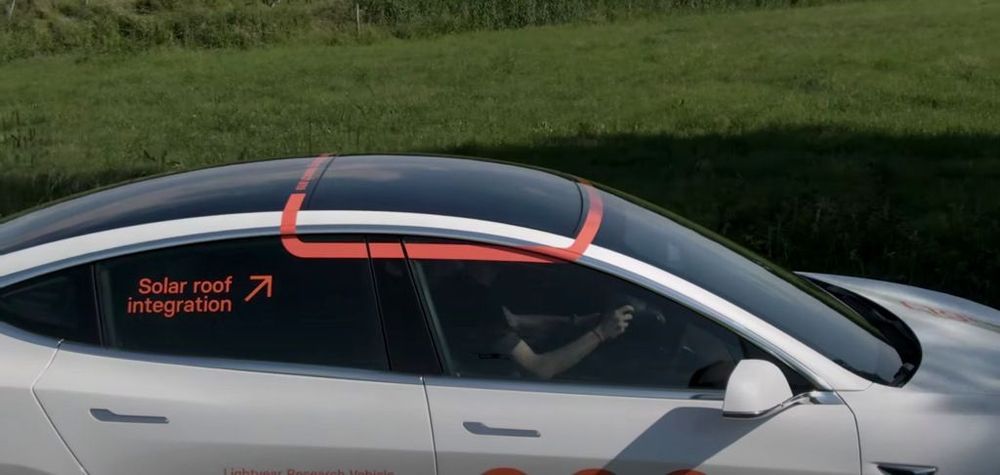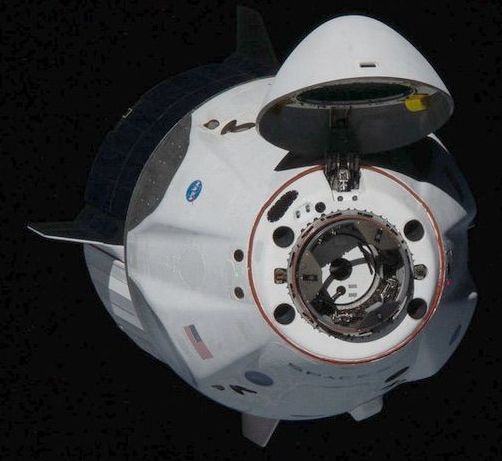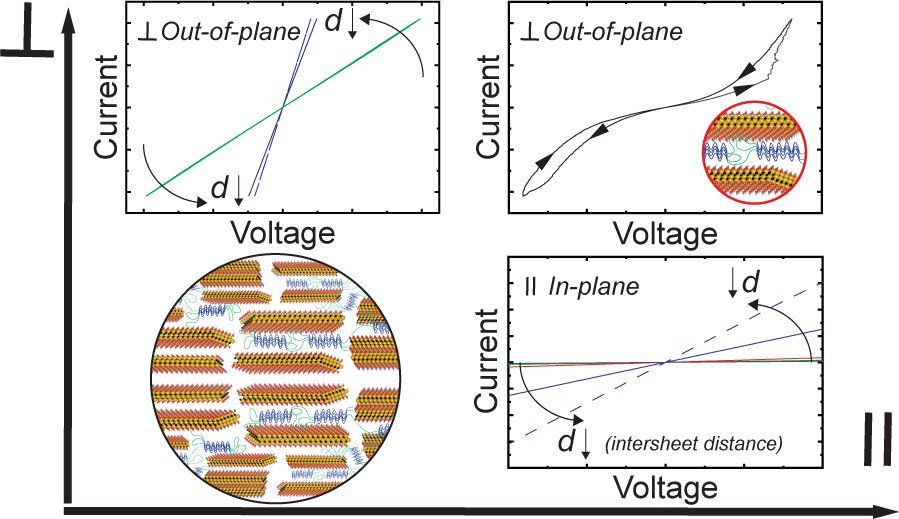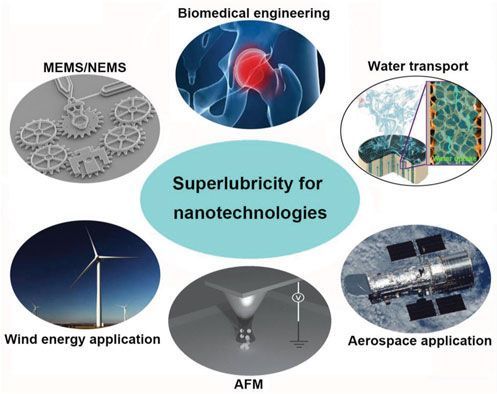Jun 19, 2020
Tesla Model 3 gets a solar roof thanks to Lightyear
Posted by Quinn Sena in categories: energy, engineering, sustainability, transportation
A Tesla Model 3 has been modified with a solar roof as part of Lightyear’s solar car development program.
We have been reporting on Lightyear for a few years now.
The startup first caught our attention because it spun out of Solar Team Eindhoven, a group of engineering students from the Technical University of Eindhoven (Netherlands) who have been competing in the World Solar Challenge with their Stella and Stella Lux, energy positive solar cars — meaning that they can produce more energy than they consume.

















